DePaul University - HCI 594 Independent Study
Government Accessibility and Stakeholder Mental Models
Electronic governance is the information gateway for delivering and communicating government services through public websites. Today, 56.7 million individuals in the United States and more than 550 million worldwide who have some form of disability, navigate and process these e-governance solutions differently. Past research regarding government website accessibility has long been focused on evaluations, content analysis, web accessibility guidelines, and tools for testing accessibility. In each of these studies, research has looked at the post production of a live website, but very few has examined the mental model of accessibility of stakeholders and content creators.
This research looks to examine how stakeholder and designer mental models of inclusive government websites differ. It also looks to answer whether current government website accessibility knowledge has increased awareness by comparing managers knowledge with practitioners knowledge
Download Paper




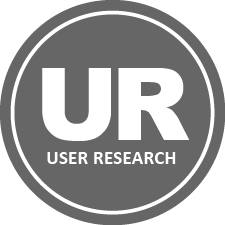
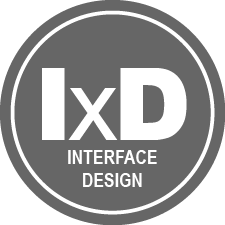
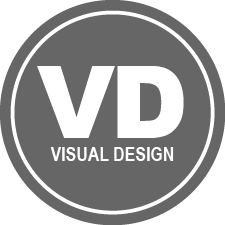
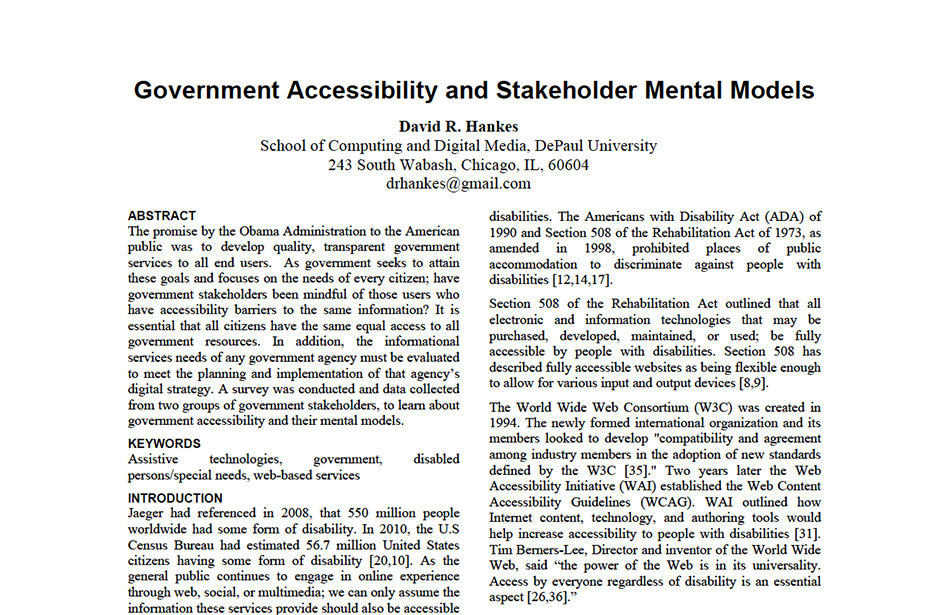
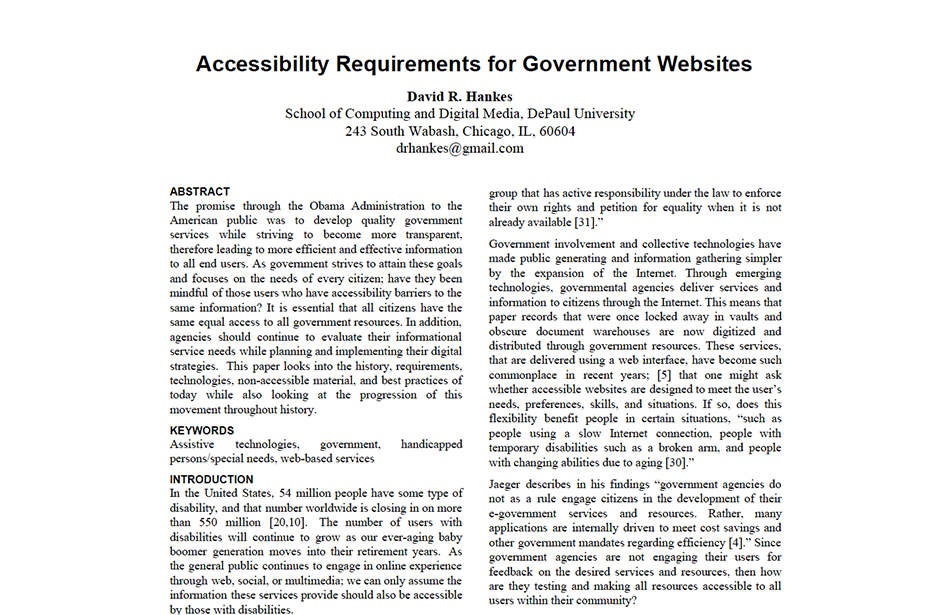

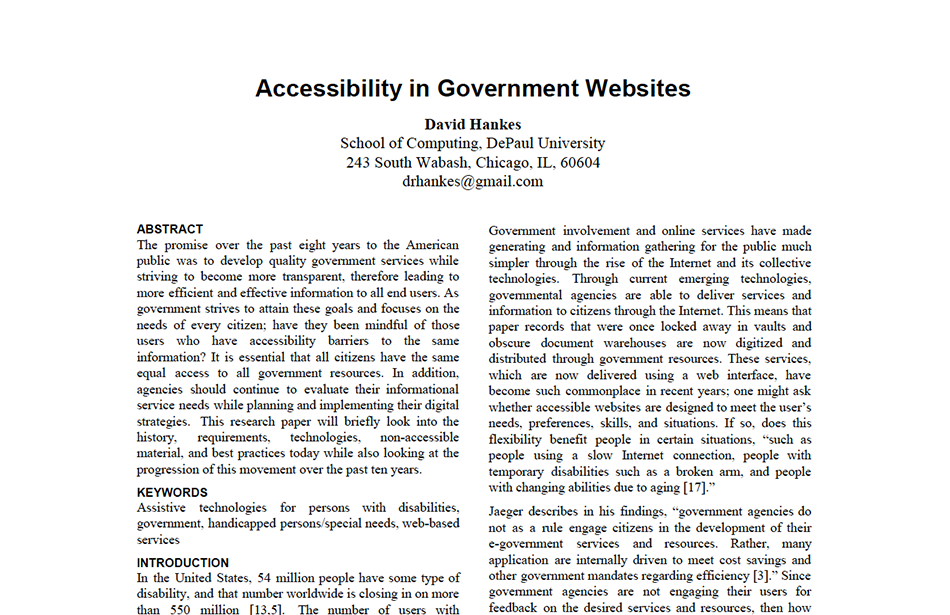
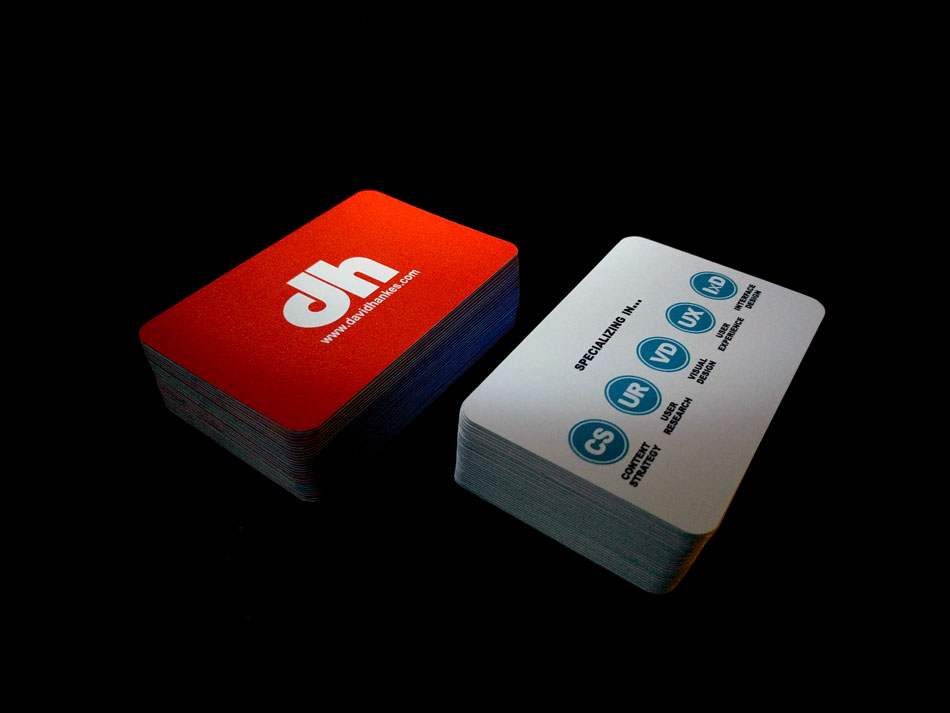
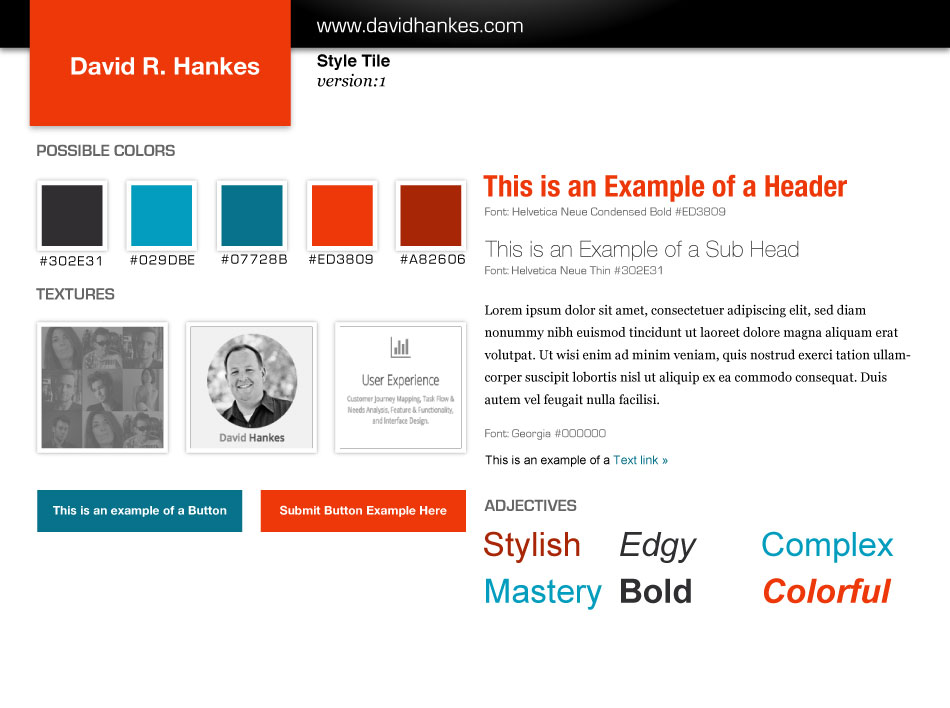
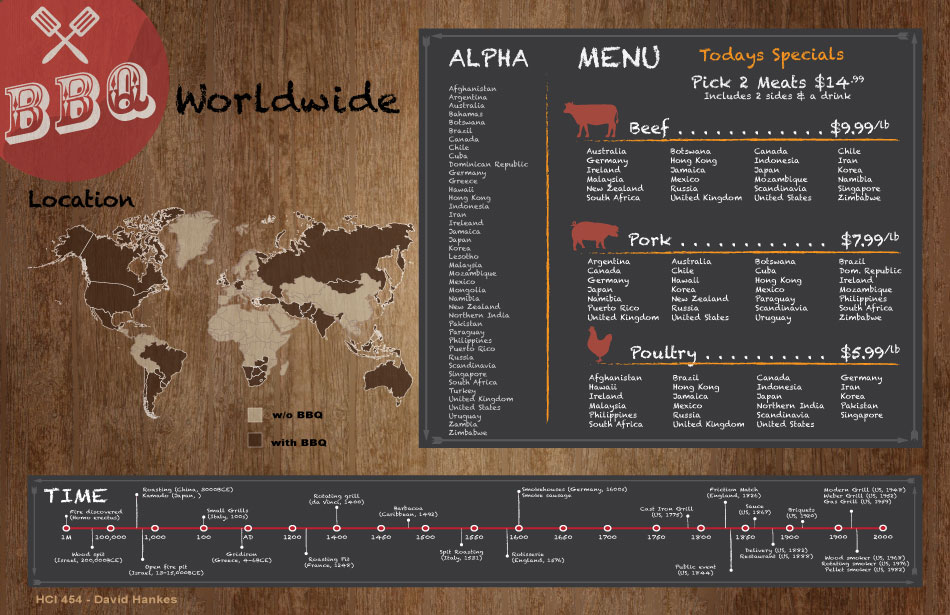
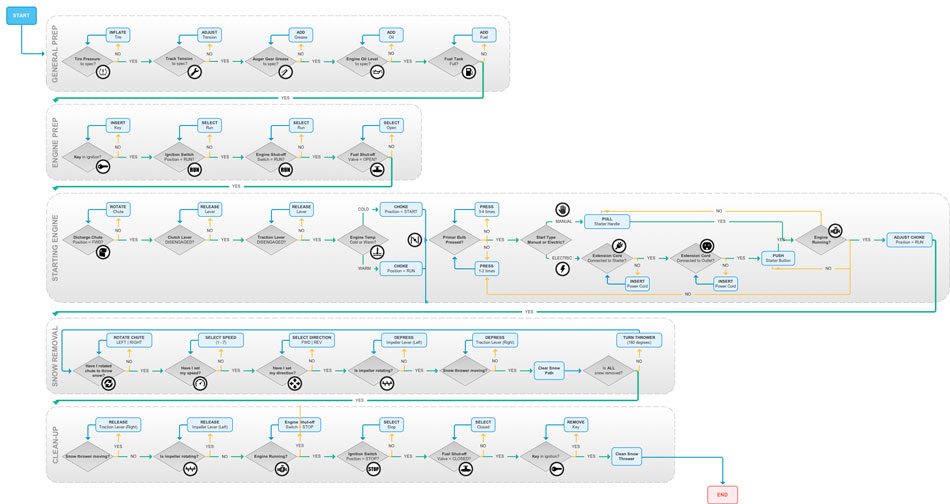
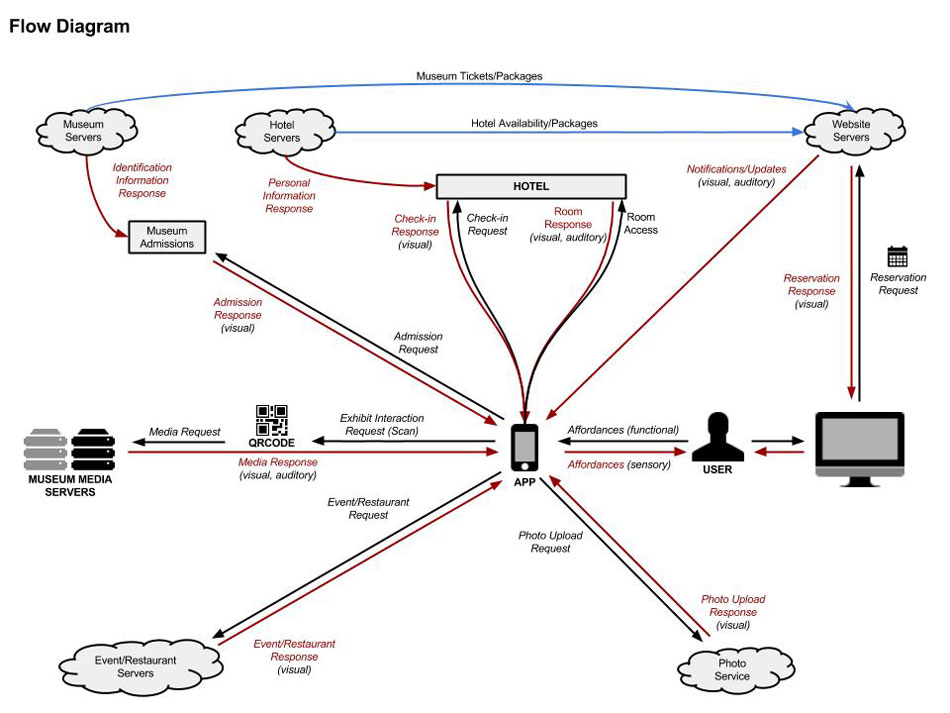
What my colleagues say
Donec sed odio dui. Etiam porta sem malesuada.